El pasado día 02 de diciembre tuvo lugar la tan ansiada y esperada inauguración de Canal Gallery, la nueva galería de arte urbano contemporáneo de Barcelona que se celebró con CEREMONY, una gran exposición colectiva de más de 50 artistas consolidados y artistas emergentes, entre pintores, escultores, fotógrafos, e ilustradores nacionales e internacionales.

La inauguración fue un éxito de audiencia y atrajo a un gran número de visitantes de la ciudad, artistas, coleccionistas, curiosos y fans acérrimos del arte urbano. Balu, su director, junto a Teresa Arroyo de la Cruz han curado la exposición y han logrado reunir un nutrido grupo de artistas de la escena nacional e internacional.
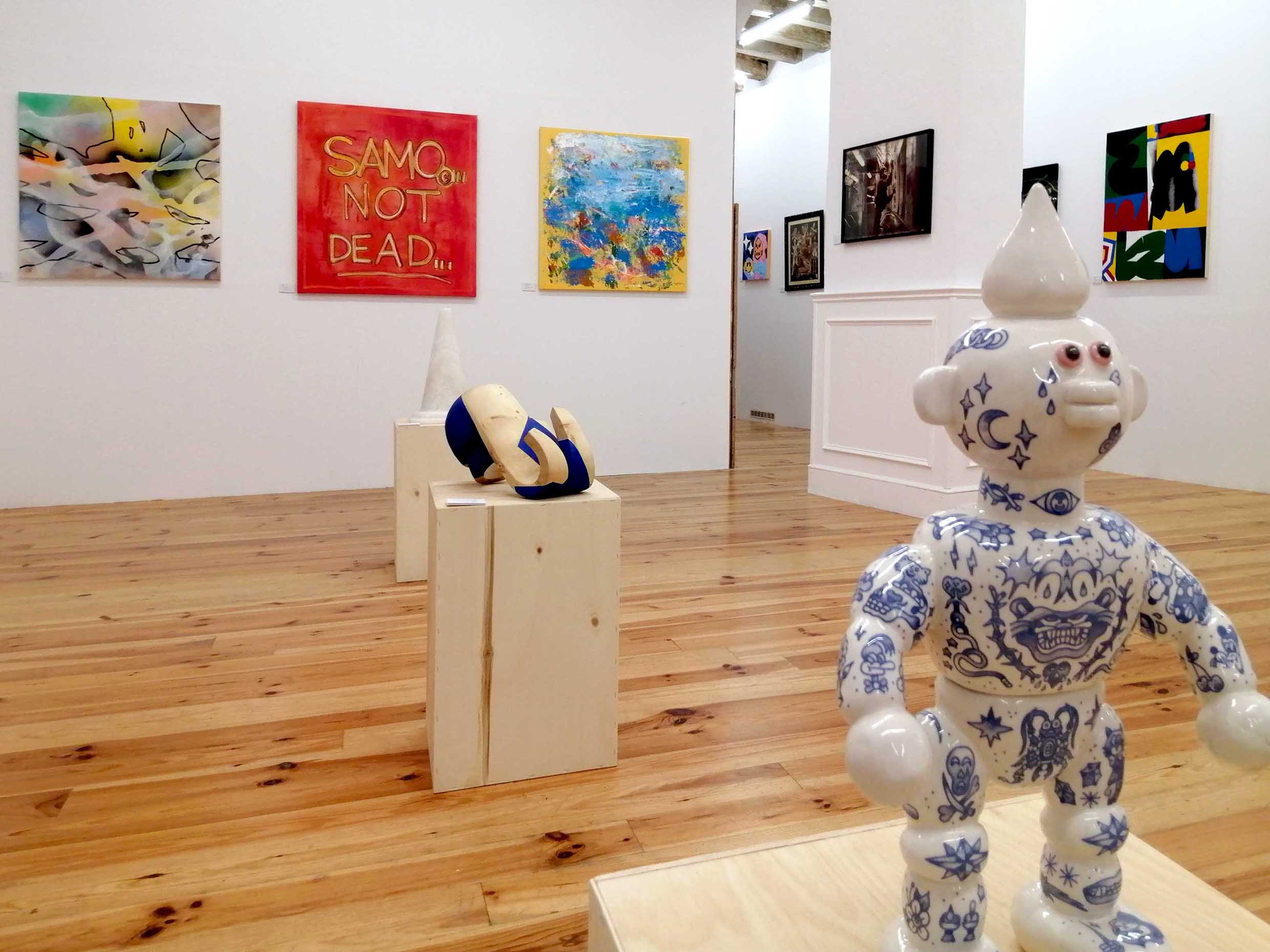
Entre los artistas convocados destacan algunos nombres, los pioneros de Nueva York de finales de los años 60 y principios de los años 70 como COCO144, que estuvo presente en la apertura y viajó expresamente desde Nueva York o Al Díaz que fue el compañero de Jean-Michel Basquiat en el famoso grupo de graffiti SAMO, el reconocido diseñador, ilustrador y pintor Javier Mariscal, el artista urbano Barcelonés afincado en París Popay y el también pionero del arte urbano contemporáneo de la ciudad de Barcelona, Germán Bel / Fasim, que junto con los otros dos artistas neoyorquinos cubrieron la pared principal con tres obras, vertebrando así la exposición.
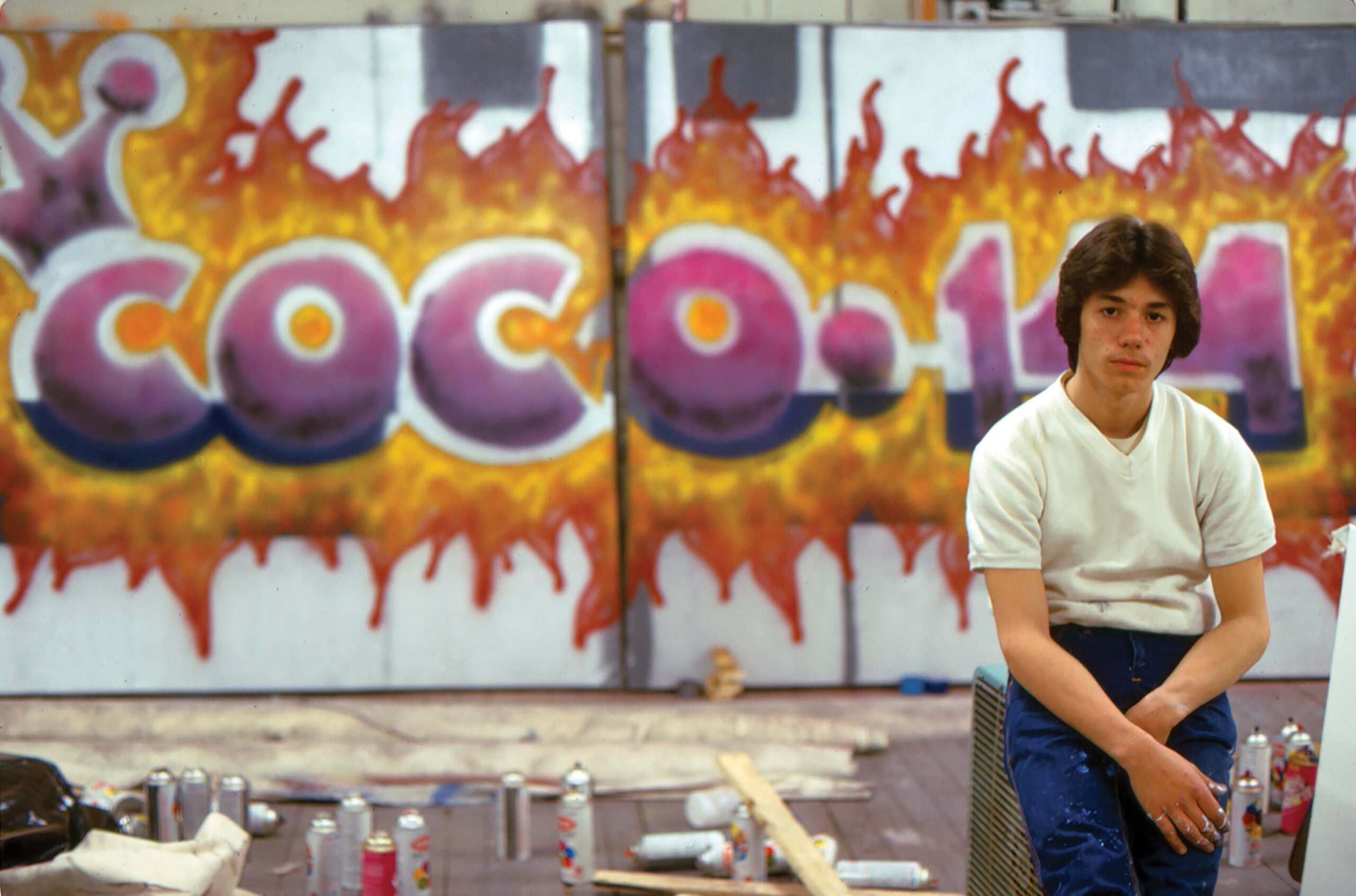
COCO144 (Roberto Gualtieri), nacido en 1956, neoyorquino (puertorriqueño / italiano) comenzó a escribir su nombre en las calles del Upper West Side de Manhattan (Harlem y Washington Heights) a finales de 1969. Mientras pintaba en el metro, introdujo el uso del stencil, convirtiéndose en el primer escritor que innovó esta técnica de escribir su nombre con rapidez en una pared o en la superficie de un tren. Gracias a ello, entre 1970 y 1972 fue considerado por la comunidad de escritores como «All City», término que significaba que su nombre llegaba a verse en toda la ciudad.
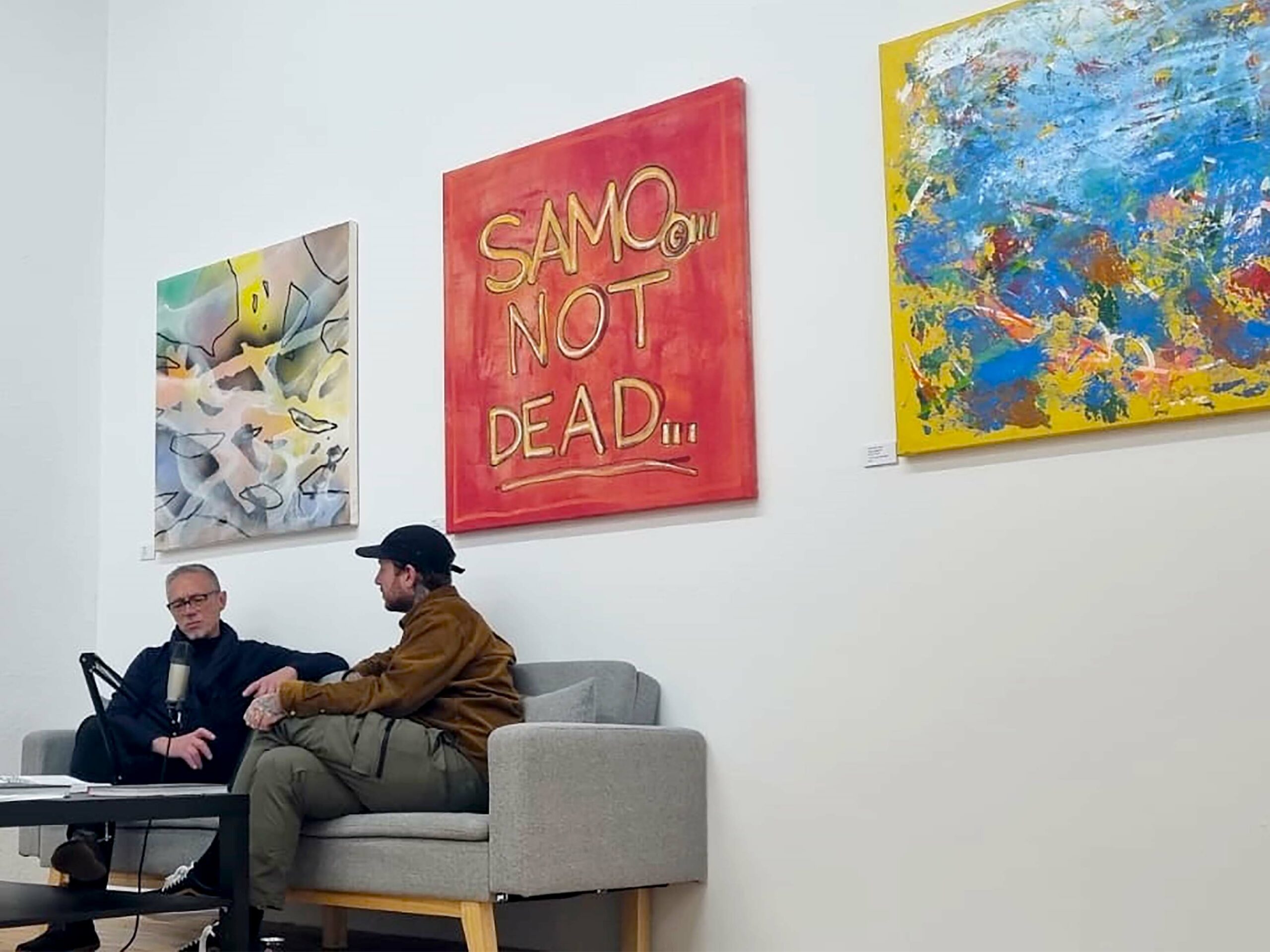
COCO se convirtió en uno de los primeros pioneros de renombre de la cultura y el movimiento del grafiti. En 1973, hizo la transición de la cultura de la escritura y el grafiti con su colectivo de escritura de grafiti, UGA (United Graffiti Artists), llevando la escritura por encima de los trenes a la escena de las galerías del centro de Manhattan. Su obra se expuso en la Razor Gallery, una muestra innovadora que cambió la percepción del público sobre el grafiti y marcó el comienzo de una nueva era para una forma de arte que pronto se convertiría en un fenómeno cultural mundial. En 1974 expuso en el Museo de Ciencia e Industria de Chicago y en 1975 en el Artists Space de Nueva York.
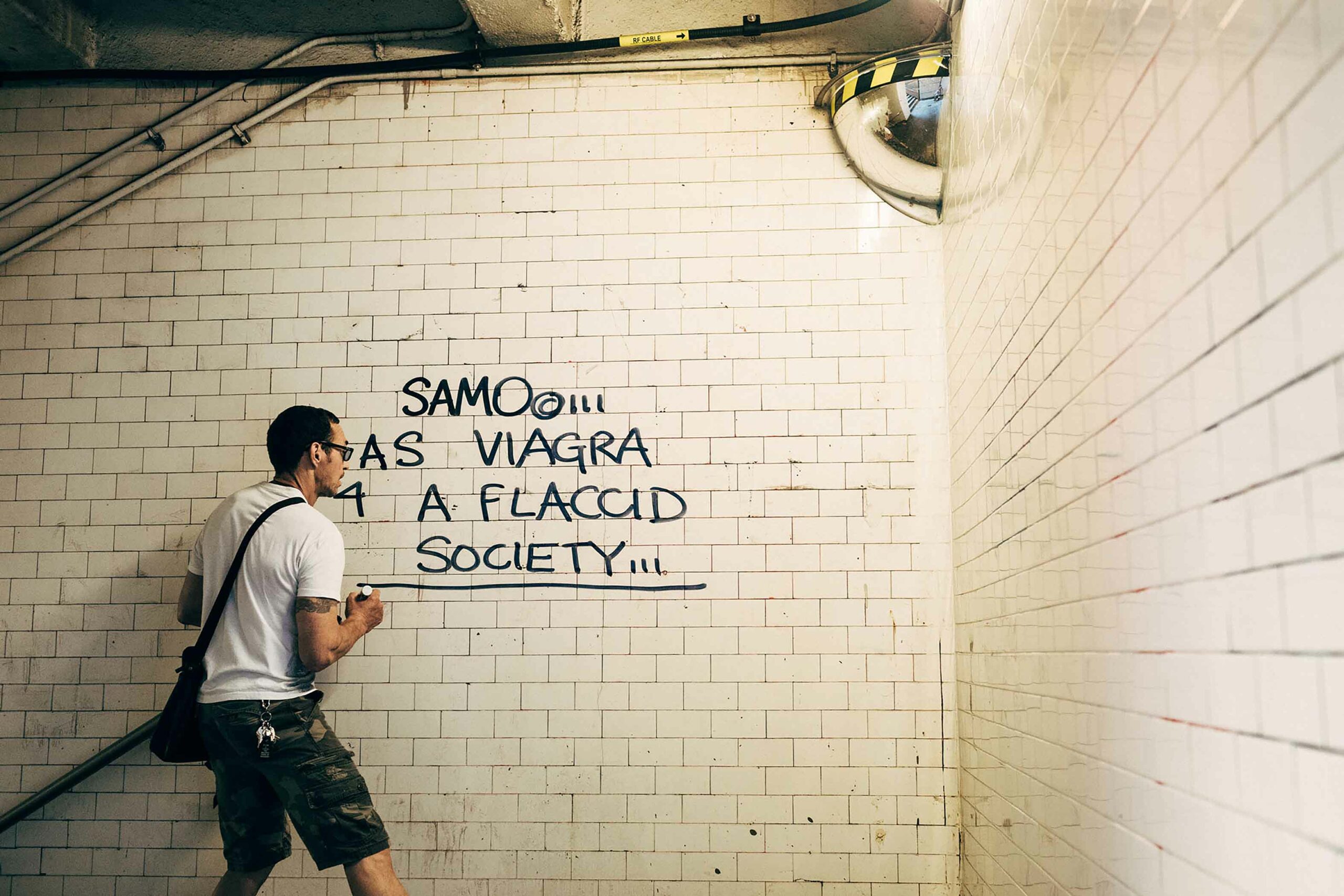
Al Díaz (Alberto Díaz) es más conocido por su colaboración con Jean Michel Basquiat en SAMO©, un grafiti que apareció en el bajo Manhattan de 1977 a 1979. SAMO© se dio a conocer inicialmente por su ingenio y humor sarcástico; pero se convirtió en un grafito mundialmente reconocido tras el ascenso a la fama de Basquiat.
Prolífico e influyente grafitero de la primera generación del metro de Nueva York, que más tarde se convirtió en un artista callejero orientado al texto, la carrera de Al Díaz abarca 5 décadas. En la actualidad trabaja con los carteles de WET PAINT que se utilizan en toda la red de metro de Nueva York. Después de recortar letras individuales para crear anagramas ingeniosos, surrealistas y a veces conmovedores, cuelga las obras terminadas en estaciones de metro de toda la ciudad de Nueva York. Su obra WET PAINT fue presentada en el 21st Precinct Street Art Event (julio de 2014), una exposición individual en «Outlaw Arts» (marzo de 2015) y aparecerá en el próximo libro «Street Messages» de Nicholas Ganz.
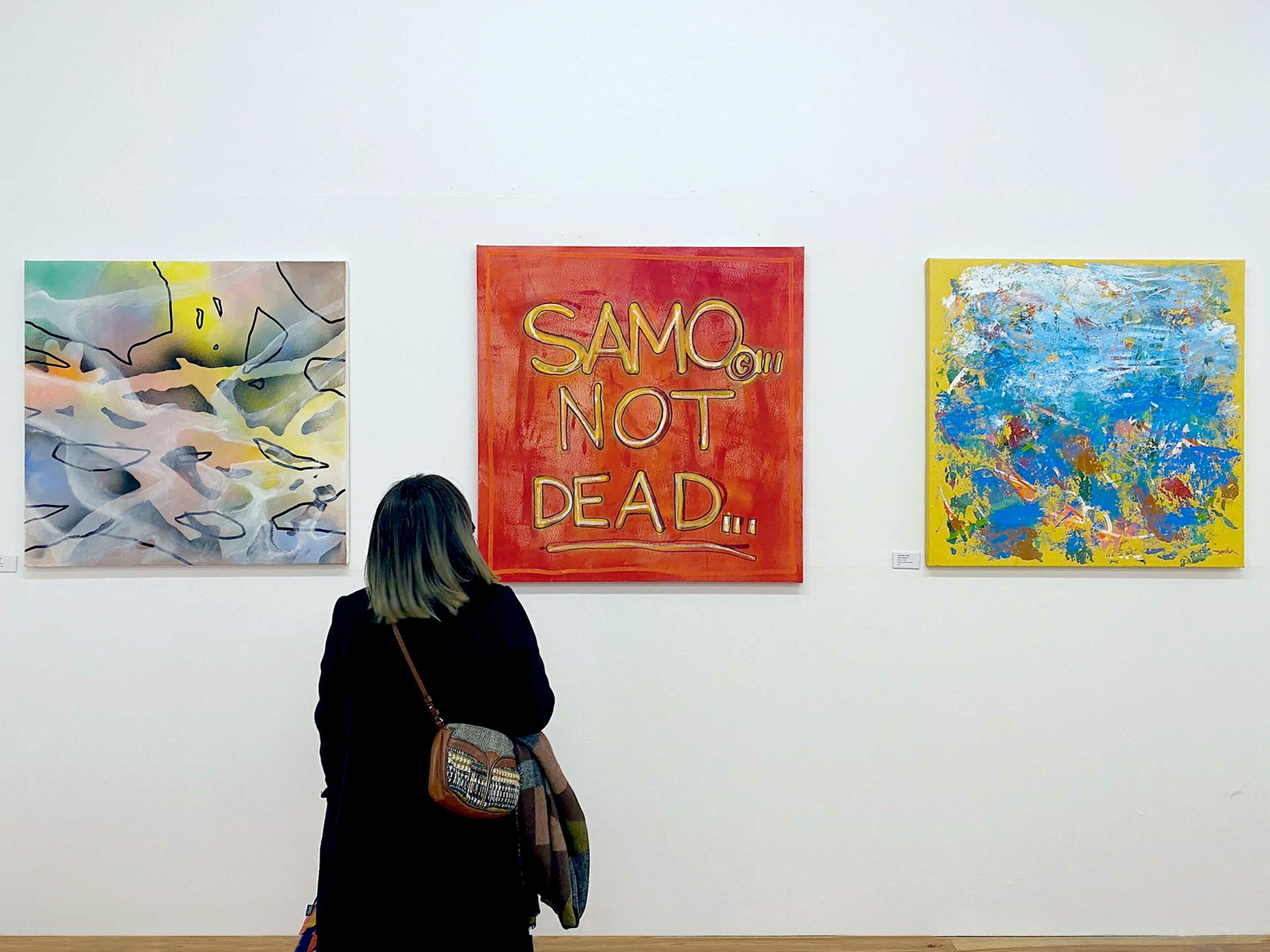
También como pionero de la ciudad de Barcelona expuso Fasim (Germán Bel), en el muro central junto a estos dos artistas pioneros, como representante pionero de la ciudad de Barcelona y de España junto a dos de los pioneros de la escena neoyorquina más influyentes, creando así un puente cultural entre Nueva York y Barcelona nunca visto antes entre las dos ciudades entre disciplinas urbanas.
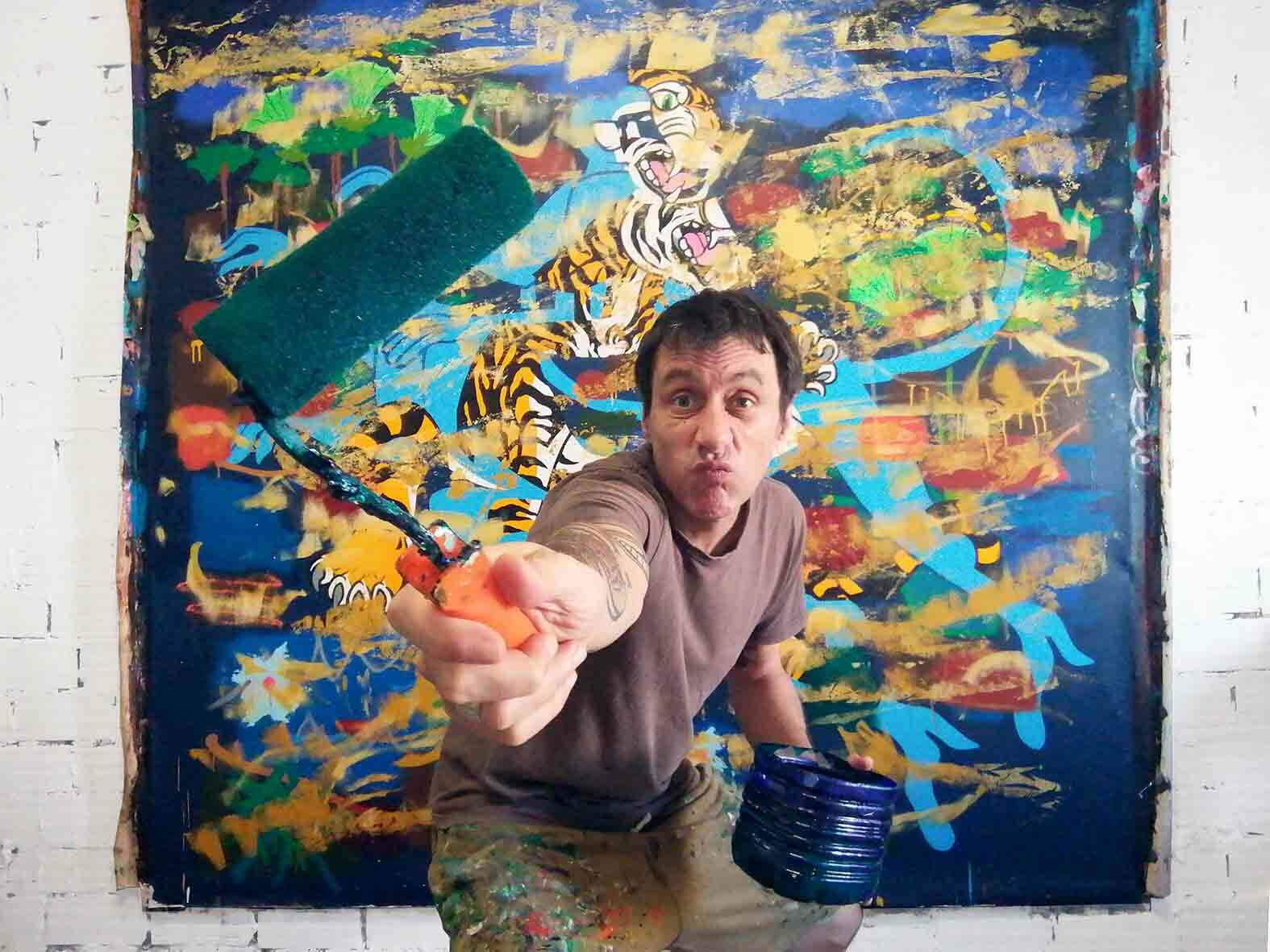
Germán Bel, alias Fasim, nació en Barcelona en 1972 y es un artista urbano pionero en España, activo desde los años 80. Henry Chalfant jugó un papel importante en la carrera de Fasim y será una pieza clave en su posterior desarrollo artístico. En 1989 conoce a Futura 2000 en una exposición que tiene lugar en la galería Arcs&Cracs de Barcelona, donde aprendió las creaciones artísticas sobre lienzo y su inicio en En 1992, el artista viajó a París al estudio de Jonone y los BadBC en el Hôpital éphémère donde residió durante unos días y contempló el proceso de creación en lienzo y la aparición del arte urbano en galerías de arte. También ingresa en el mítico crew 156allstarz.

Las pinturas de Germán Bel / Fasim nos llevan a un mundo onírico donde el juego con las pareidolias parece dominar la superficie de las obras, desde niño mantiene este juego visual y poético de la mirada, con las formas de cualquier superficie, ya sea en el estampado de unas baldosas o en las manchas de humedad, borrados o desconchados de cualquier muro urbano. En gran medida este juego es el primer inspirador de los artistas paleolíticos en las cuevas, donde las imágenes aparecían en los relieves de las rocas y es la cuna de la pintura.
Fasim ha pintado en numerosos muros, exhibiciones y exposiciones de muchas ciudades del mundo; Barcelona, Valencia, Madrid, Toulouse, Perpiñán, Marsella, París, Nueva York, Berlín, Copenhague, Ámsterdam, Milán, Nápoles o Sarajevo entre otras.
El Museo de las civilizaciones de Europa y del Mediterráneo (MuCEM) adquirió tres pinturas y seis dibujos recientemente, que englobarán en la colección de Arte Urbano del Museo de Arte Contemporáneo de Marsella (MAC).
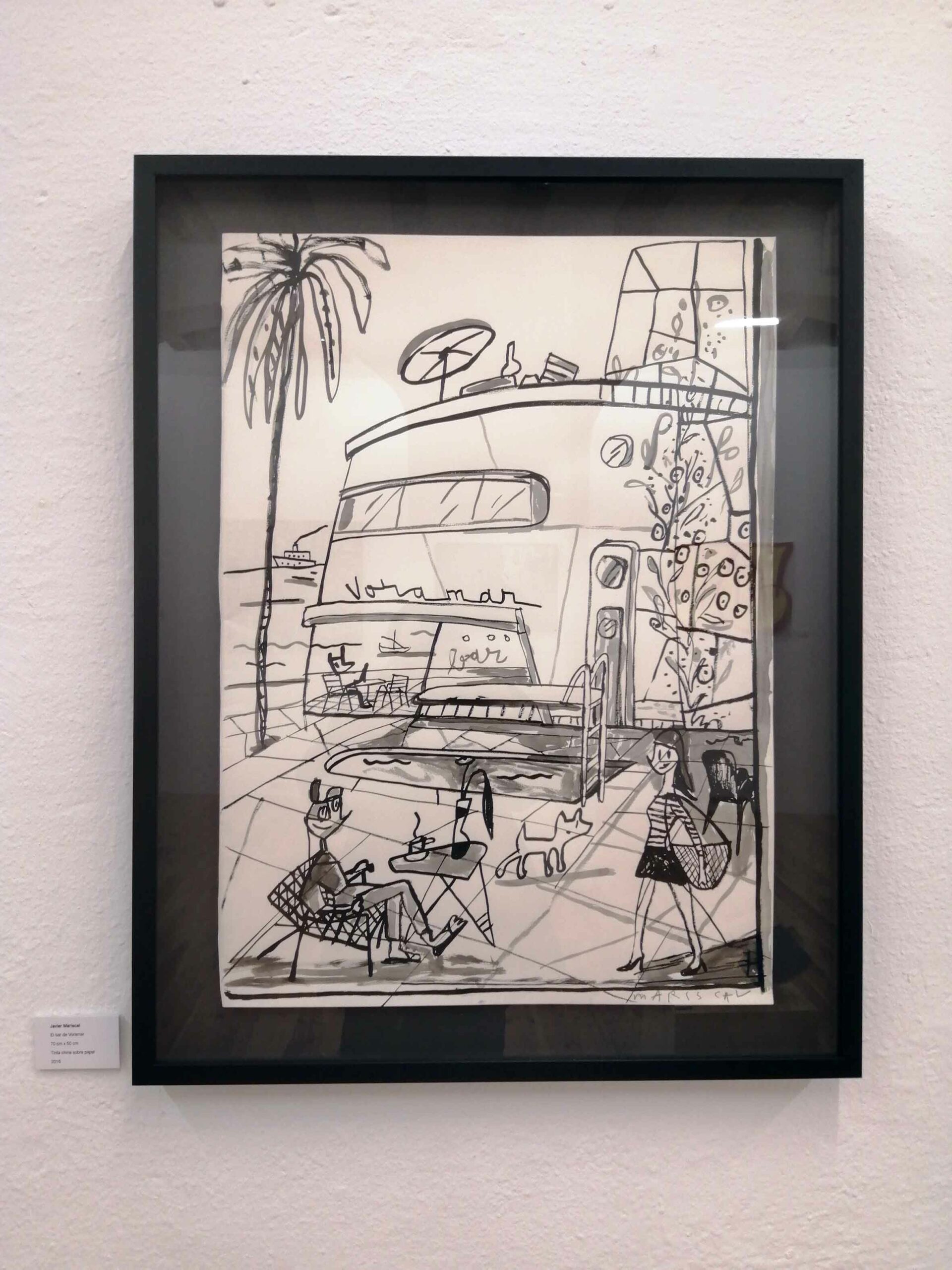
Javier Mariscal, nació en Valencia en 1950 en el seno de una familia acomodada. Empezó estudiando diseño en la escuela Elisava de Barcelona (escuela de diseño e ingeniería técnica con más reconocimiento a nivel europeo) pero pronto lo dejó para aprender directamente del entorno y para seguir sus propios impulsos creativos.
Sus primeros trabajos quedaron plasmados en publicaciones como El Rrollo enmascarado o Star influido por el mundo del cómic underground. Posteriormente continuó con sus colaboraciones en diferentes publicaciones como Cairo, El Víbora y Vogue.
Alcanzó su cota más elevada gracias a la revista El Víbora y a Cobi que más tarde se convertiría en la mascota de los Juegos Olímpicos de Barcelona de 1992.
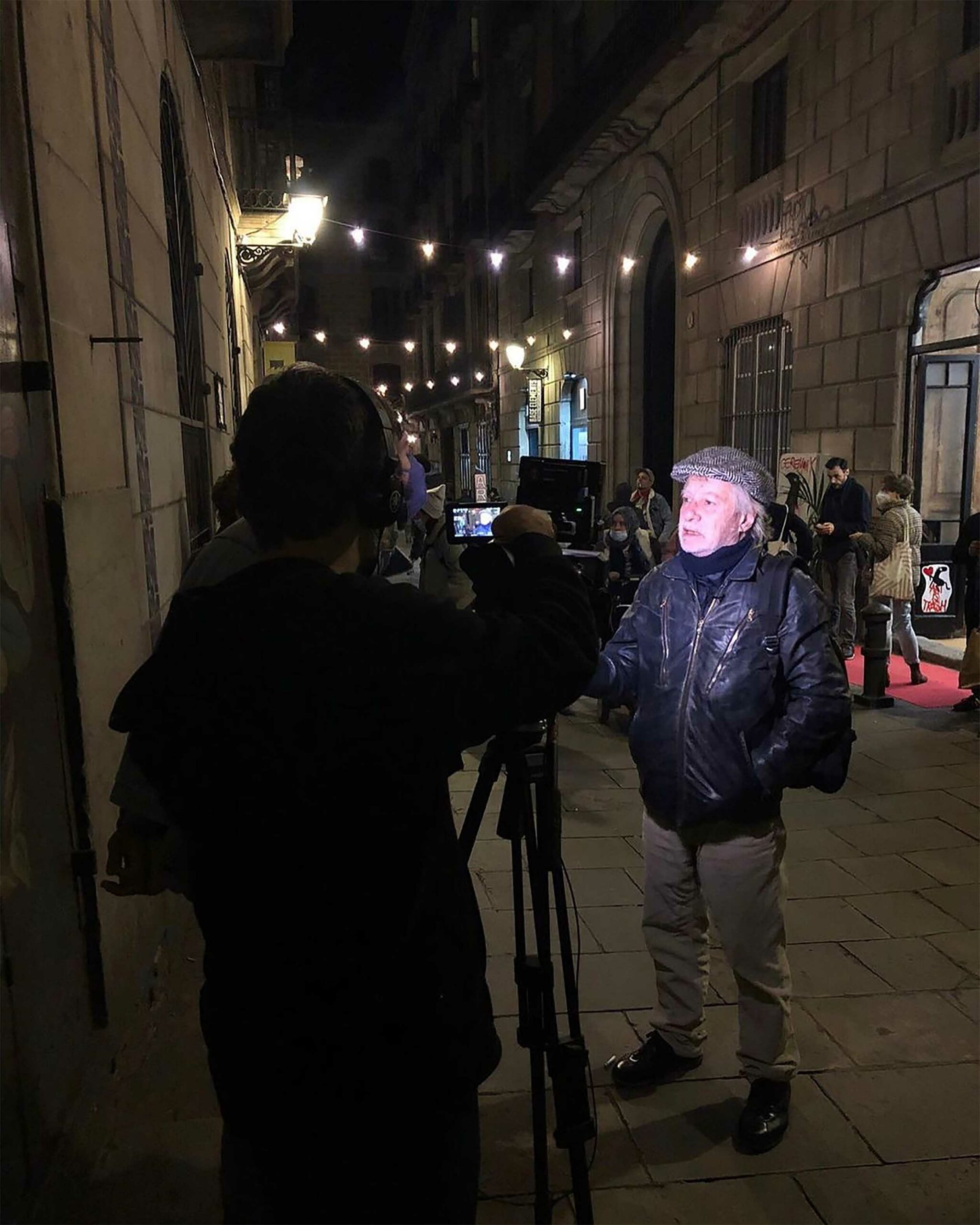
Su influencia, sumada a la de la revista humorística Mad o el auge de la novela gráfica, daría lugar además al fenómeno del cómic alternativo a principios de los 80.
Toda su trayectoria profesional está marcada por la influencia del cómic y el movimiento pop. Su lenguaje es sintético, de pocos trazos y mucha expresividad
En 1990 se creó el Estudio Mariscal, en una vieja fábrica rehabilitada, poco a poco afianzada como un punto principal de diseño y vanguardia, del cual surgen la mayoría de los trabajos de este artista.
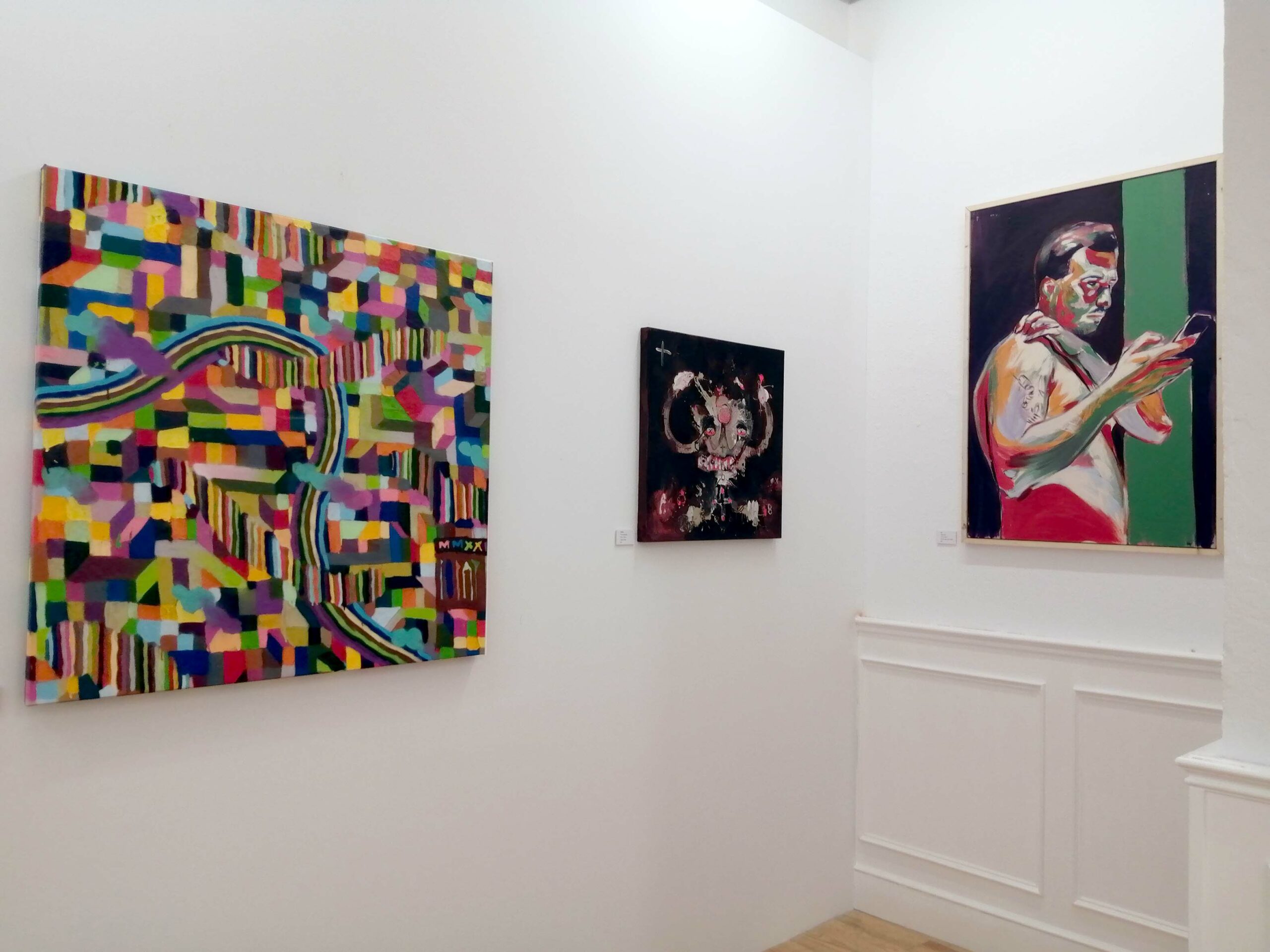
También destaca la obra del artista parisino Popay con uno de sus últimos trabajos con unos juegos de formas y colores que recuerdan a los caleidoscopios y sus múltiples ópticas.
Popay nació en 1971, en Barcelona, España. Vive y trabaja en París. Un artista verdaderamente aparte en el mundo del graffiti parisino, Popay crea frescos barrocos, entre cuentos de hadas y alucinaciones. Su inspiración va desde Hieronymus Bosch a la pintura española, desde Combas a Erro de Crumb a Jimmy Hendrix. Nos entrega una pintura realizada íntegramente con aerosol, tratada sin embargo de la manera clásica, mediante esmaltes sucesivos. Una elaboración lenta donde los universos se vuelven más complejos dando lugar en sus abstracciones a vegetación aglutinante, fondos marinos o bosques imaginarios o desaparecen y reaparecen multitud de personajes semihumanos, duendes, fauna imaginaria. Sus lienzos figurativos son auténticos viajes futuristas, imaginarios, barrocos. Te sumerges en él como en un cuadro de Bosch donde cada parte de la obra es un tema en sí mismo.
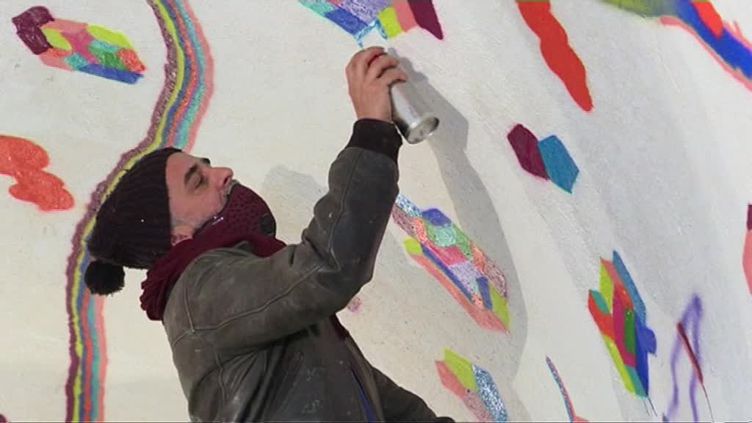
Destacan a su vez múltiples trabajos de la mezcla ecléctica de disciplinas y de movimientos, agregados bajo una misma muestra. Una de las últimas tendencias al alza es el resurgido arte figurativo dentro de las creaciones urbanas y contemporáneas, por ejemplo, las pinturas de Lily, que combinan modernidad, frescura y también mantiene aspectos formales de la tradición pictórica del retrato o la obra de Cristian Blaxter con las superposiciones de imágenes combinando el retrato con el paisaje urbano en una fusión pintada al óleo realmente espectacular, junto también a las dos obras de pequeño formato pero de gran intensidad de Elisa Capdevila o el magnífico retrato de Cecilio G por Miguel Scheroff. La obra siempre irreverente y de compromiso social de Art Is Trash, con un lienzo de temática reivindicativa sobre los nativos americanos, un collage digital exquisito de Ramón Maiden, la obra en stencil por SM172 de gran impacto colorista o el dibujo original sobre papel de Javier Mariscal que causó expectación entre los asistentes o la pintura de estilo inconfundible de Ricardo Cavolo.
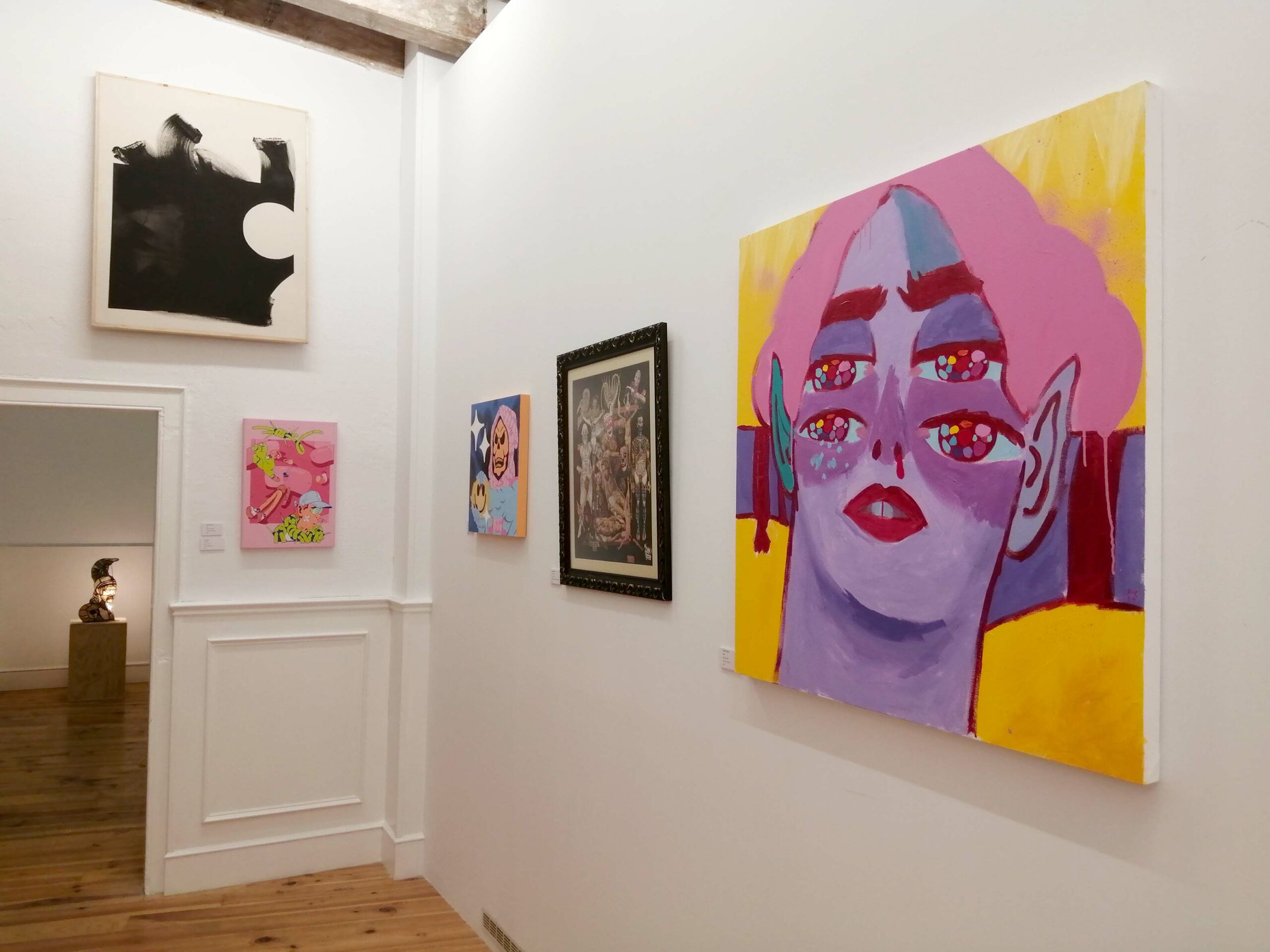
También conviene destacar las esculturas de los artistas Vanesa Muñoz, Gerard Fernández o la de Grito que, aunque eran muy diferentes entre sí combinaban muy bien juntas y ocuparon toda la sala principal, la vidriera policromada de Kuru o la escultura con letras de Ashwan.

Como novedad la incorporación de la fotografía junto a las otras disciplinas habituales, las fotos de los fotógrafos Ekaitz Gerique, Mark Madness o del neoyorkino pionero en hacer fotos de los trenes pintados en Nueva York en los finales de los 60 y principios de los 70, Flint…, que era la primera vez que ponía obra gráfica en la ciudad de Barcelona.

Fotografías por: Canal Gallery, Ekaitz Gerique, Itsaso Egurbide, Teo Vázquez, Germán Bel / Fasim.
Todos los artistas participantes:
Al Díaz, Angel Toren, Art Is Trash, Ashwan, Balu, Birdie, Buni, Kamil, Carlos Magone, Chill, Coco144, Colp, Cornbread, Cráneo, Cristian Blaxter, Damian Pissarra, David de las Heras, Dirty, Ekaitz Gerique, Elisa Capdevila, Enric Sant, Error Design, Flint…, Germán Bel / Fasim, Germán Rigol, Gerard Fernandez, Gorka Gondra, Grito, Haitz, Ira Torres, Javier Mariscal, Jay Bisual, Kamil, Kram, Kuru, Laia, Laura Agustí, Lily, Marco Prieto, Mark Madness, Miguel Sheroff, Misterpiro, Mugraff, Ornamante, Popay, Ramón Maiden, Ral, Rallitox, Ricardo Cavolo, Rice, Roch, Selector Marx, SM 172, Tayone, Tiny, Vanesa Muñoz, Vermibus.
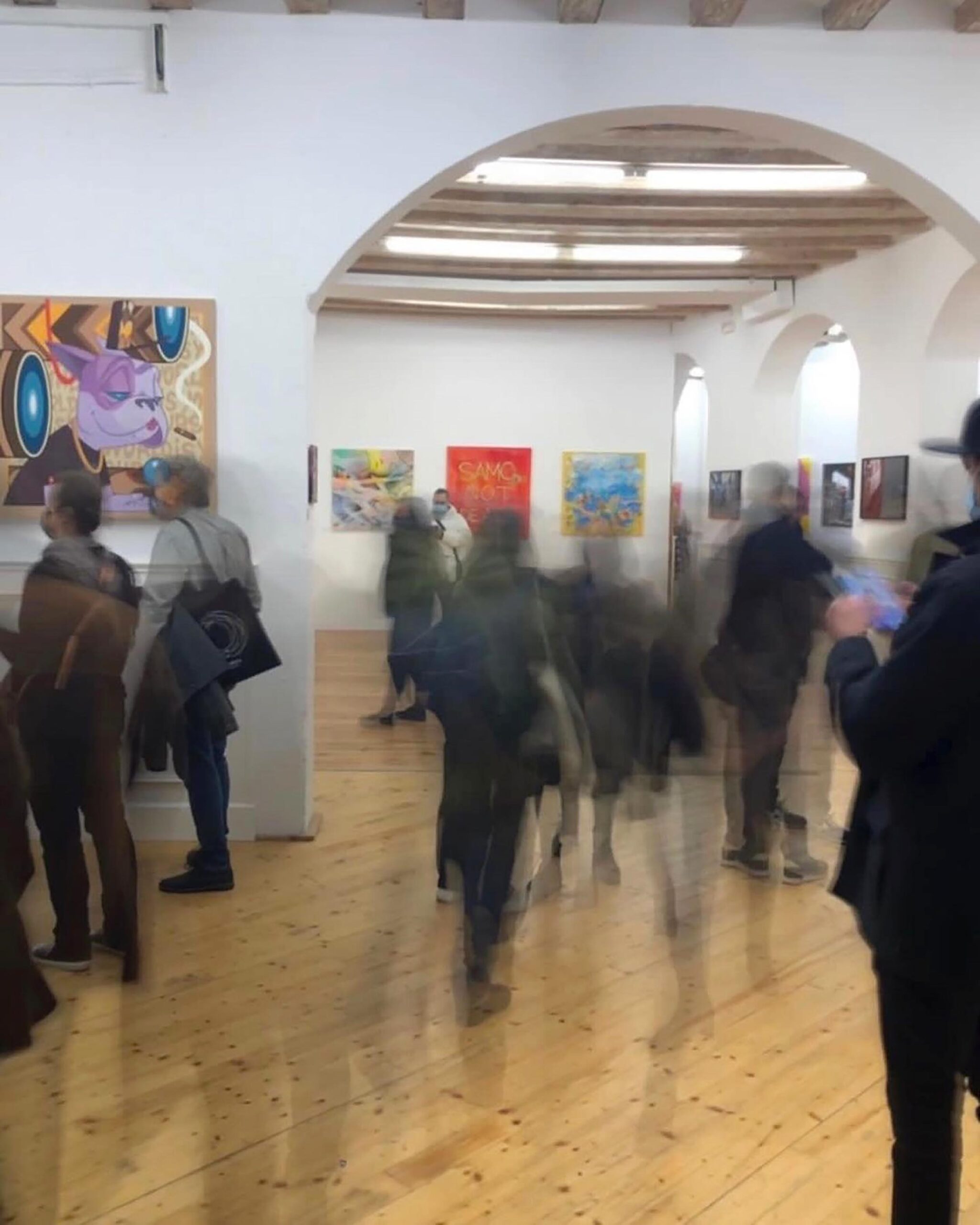
___________________________________________
On December 2nd took place the long awaited inauguration of Canal Gallery, the new contemporary urban art gallery in Barcelona, which was celebrated with CEREMONY, a large group exhibition of more than 50 established artists and emerging artists, including painters, sculptors, photographers, and national and international illustrators. The gallery is located in the heart of the city, in the Gothic Quarter and specializes in the latest trends in graffiti, contemporary urban art and related trends, which was one of the artistic gaps that the city had been suffering from for a long time. The exhibition made collectors and fans of contemporary urban art very happy as it is a discipline that brings together features of urban art, but also contemporary pictorial attitudes, a pending trend in the city that now has a firm base in Canal Gallery.
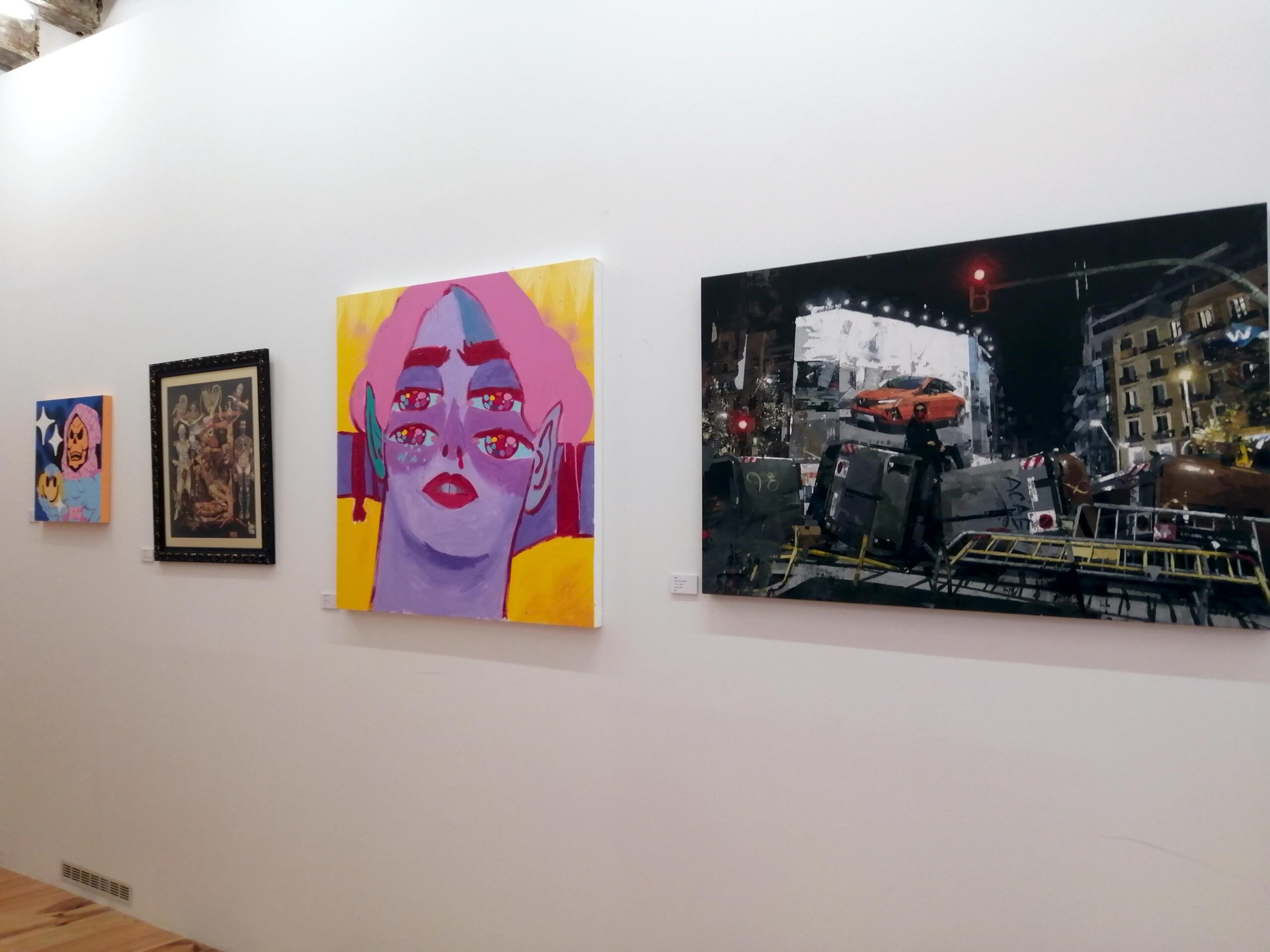
The inauguration was a success with the audience and attracted a large number of visitors from the city, artists, collectors, curious and diehard fans of urban art. Balu, its director, together with Teresa Arroyo de la Cruz curated the exhibition and managed to bring together a large group of artists from the national and international scene.
Among the artists invited, some names stand out, the New York pioneers of the late 60s and early 70s as COCO144, who was present at the opening and traveled expressly from New York or Al Díaz who was the partner of Jean-Michel Basquiat in the famous graffiti group SAMO or the renowned designer, illustrator and painter Javier Mariscal, illustrator and painter Javier Mariscal, the Paris-based urban artist Popay from Barcelona and the pioneer of contemporary urban art in the city of Barcelona, Germán Bel / Fasim, who along with the other two New York artists covered the main wall with three works, thus structuring the exhibition.
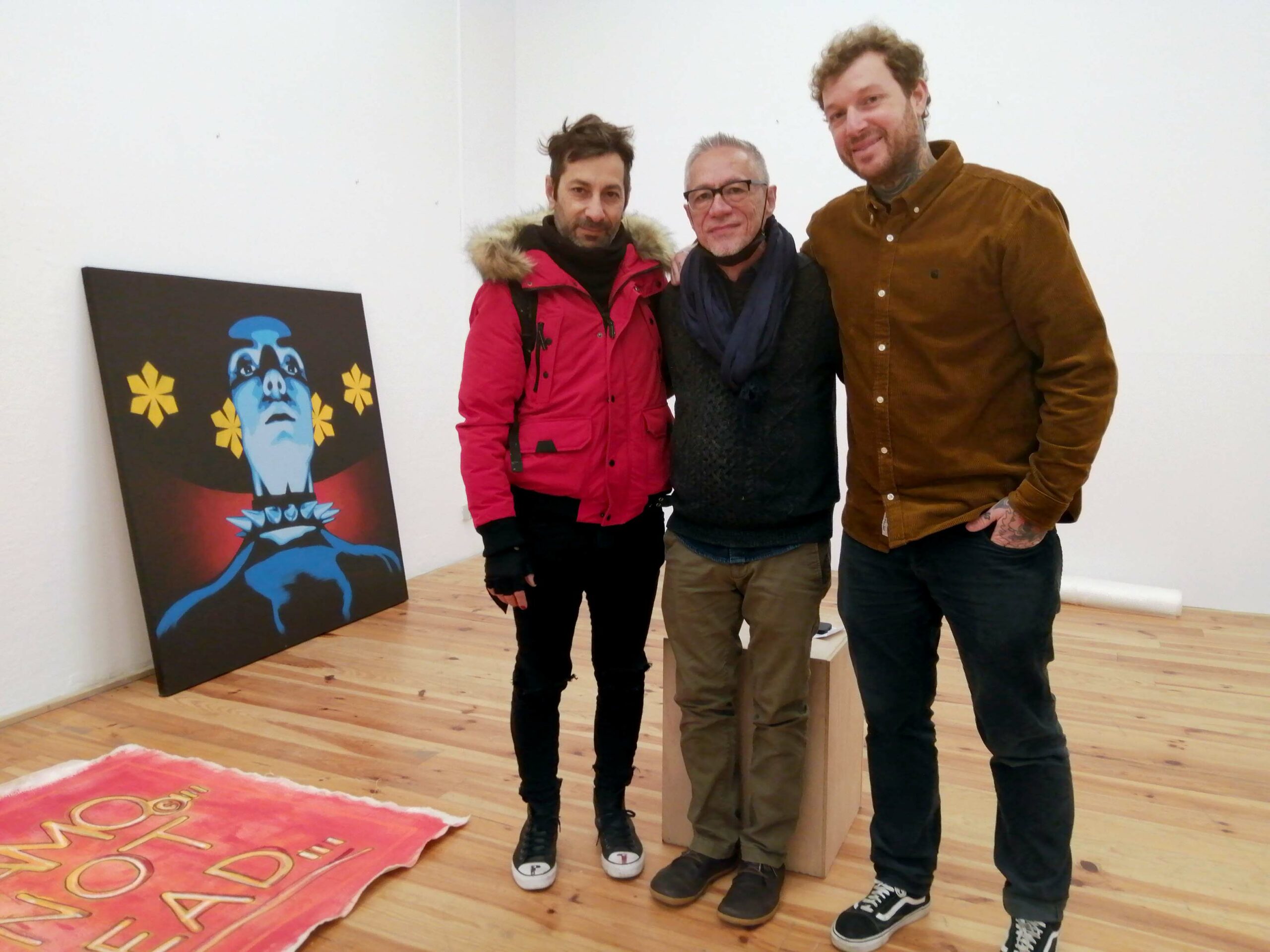
COCO144 (Roberto Gualtieri), born in 1956, New Yorker (Puerto Rican / Italian) began writing his name on the streets of Manhattan’s Upper West Side (Harlem and Washington Heights) in late 1969. While painting in the subway, he introduced the use of the stencil, becoming the first writer to innovate this technique of writing his name quickly on a wall or on the surface of a train. As a result, between 1970 and 1972 he was considered by the writing community as «All City», a term that meant that his name could be seen all over the city.
COCO became one of the first renowned pioneers of the graffiti culture and movement. In 1973, he transitioned writing and graffiti culture with his graffiti writing collective, UGA (United Graffiti Artists), bringing writing over trains to the gallery scene in downtown Manhattan. His work was exhibited at the Razor Gallery, a groundbreaking show that changed the public’s perception of graffiti and ushered in a new era for an art form that would soon become a worldwide cultural phenomenon. In 1974 he exhibited at the Museum of Science and Industry in Chicago and in 1975 at Artists Space in New York.
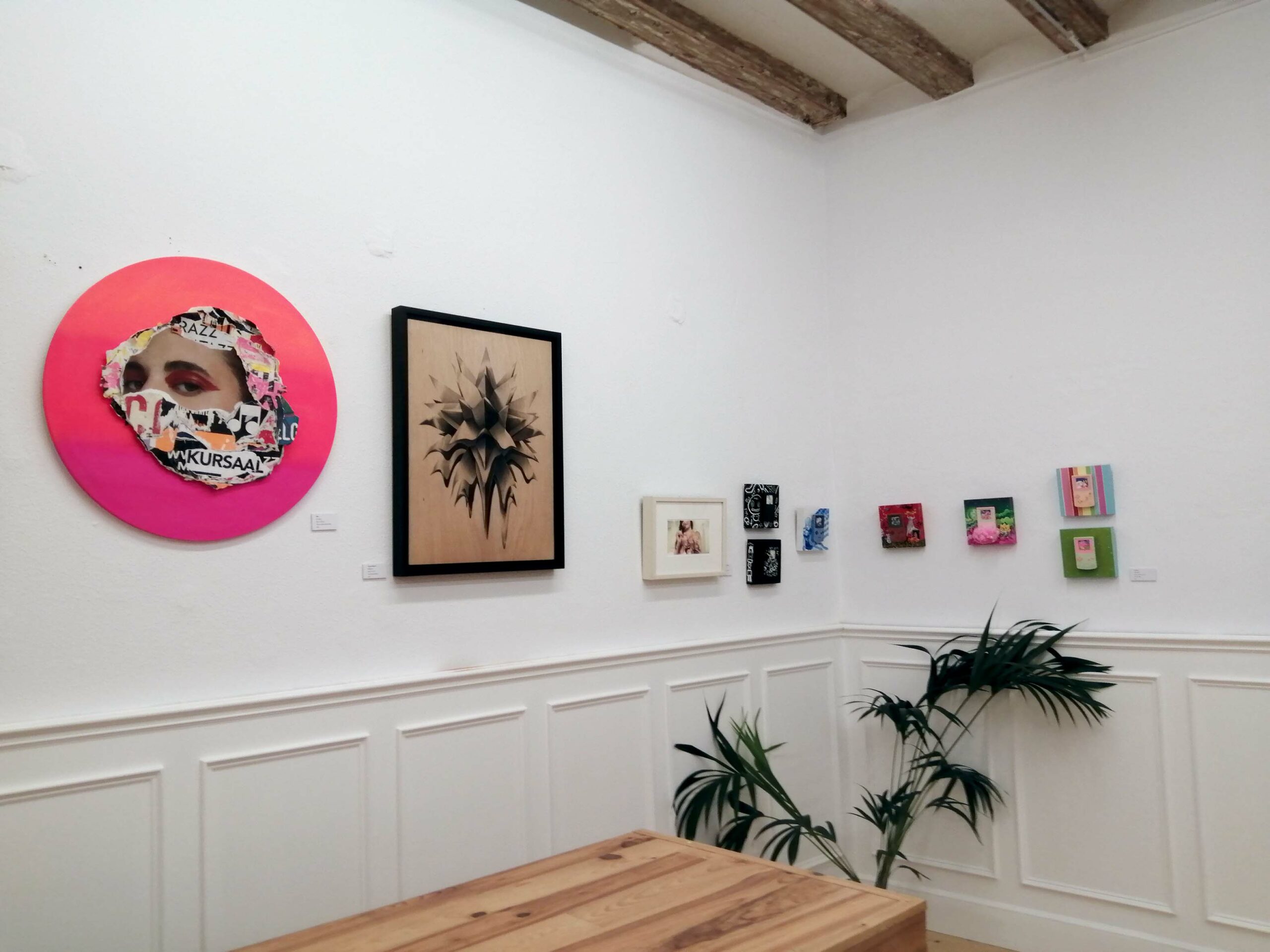
Al Diaz (Alberto Diaz) is best known for his collaboration with Jean Michel Basquiat on SAMO©, a graffiti that appeared in lower Manhattan from 1977 to 1979. SAMO© initially became known for its wit and sarcastic humor; but became a globally recognized graffiti after Basquiat’s rise to fame.
A prolific and influential graffiti artist of the first generation of the New York subway, who later became a text-oriented street artist, Al Diaz’s career spans 5 decades. He currently works with WET PAINT signs used throughout the New York subway network. After cutting out individual letters to create witty, surreal and sometimes poignant anagrams, he hangs the finished works in subway stations throughout New York City. His work WET PAINT was featured in the 21st Precinct Street Art Event (July 2014), a solo show at «Outlaw Arts» (March 2015) and will appear in the forthcoming book «Street Messages» by Nicholas Ganz.
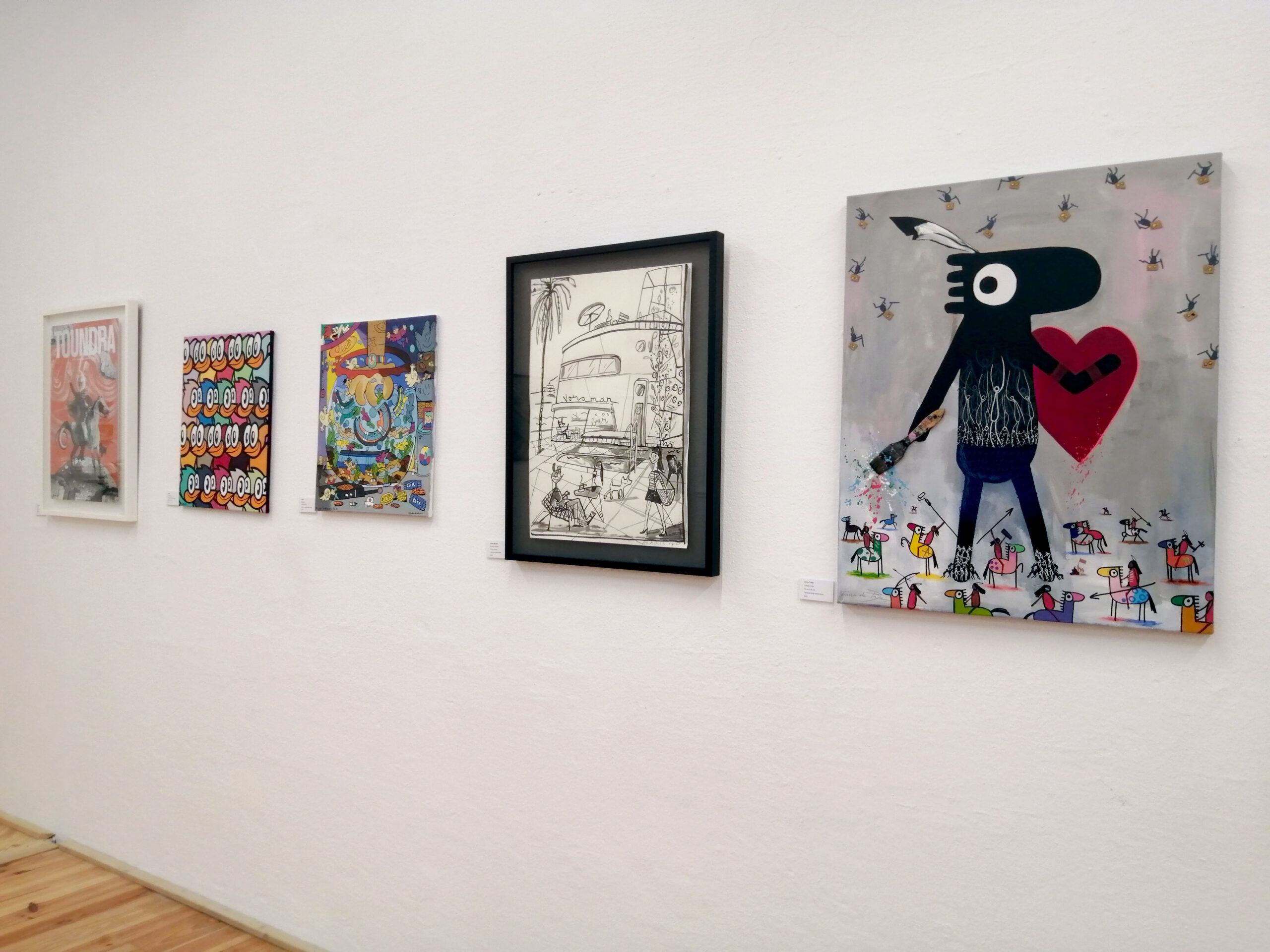
Also as a pioneer of the city of Barcelona, Fasim (Germán Bel) exhibited on the central wall next to these two pioneer artists, as a pioneer representative of the city of Barcelona and Spain next to two of the most influential pioneers of the New York scene, thus creating a cultural bridge between New York and Barcelona never seen before between the two cities between urban disciplines.
Germán Bel, aka Fasim, was born in Barcelona in 1972 and is a pioneering urban artist in Spain, active since the 1980s. Henry Chalfant played an important role in Fasim’s career and will be a key player in his later artistic development. In 1989 he met Futura 2000 in an exhibition that took place at the Arcs&Cracs gallery in Barcelona, where he learned the artistic creations on canvas and his start in 1992, the artist traveled to Paris to the studio of Jonone and BadBC at the Hôpital éphémère where he resided for a few days and contemplated the process of creation on canvas and the emergence of urban art in art galleries. He also joined the mythical crew 156allstarz.
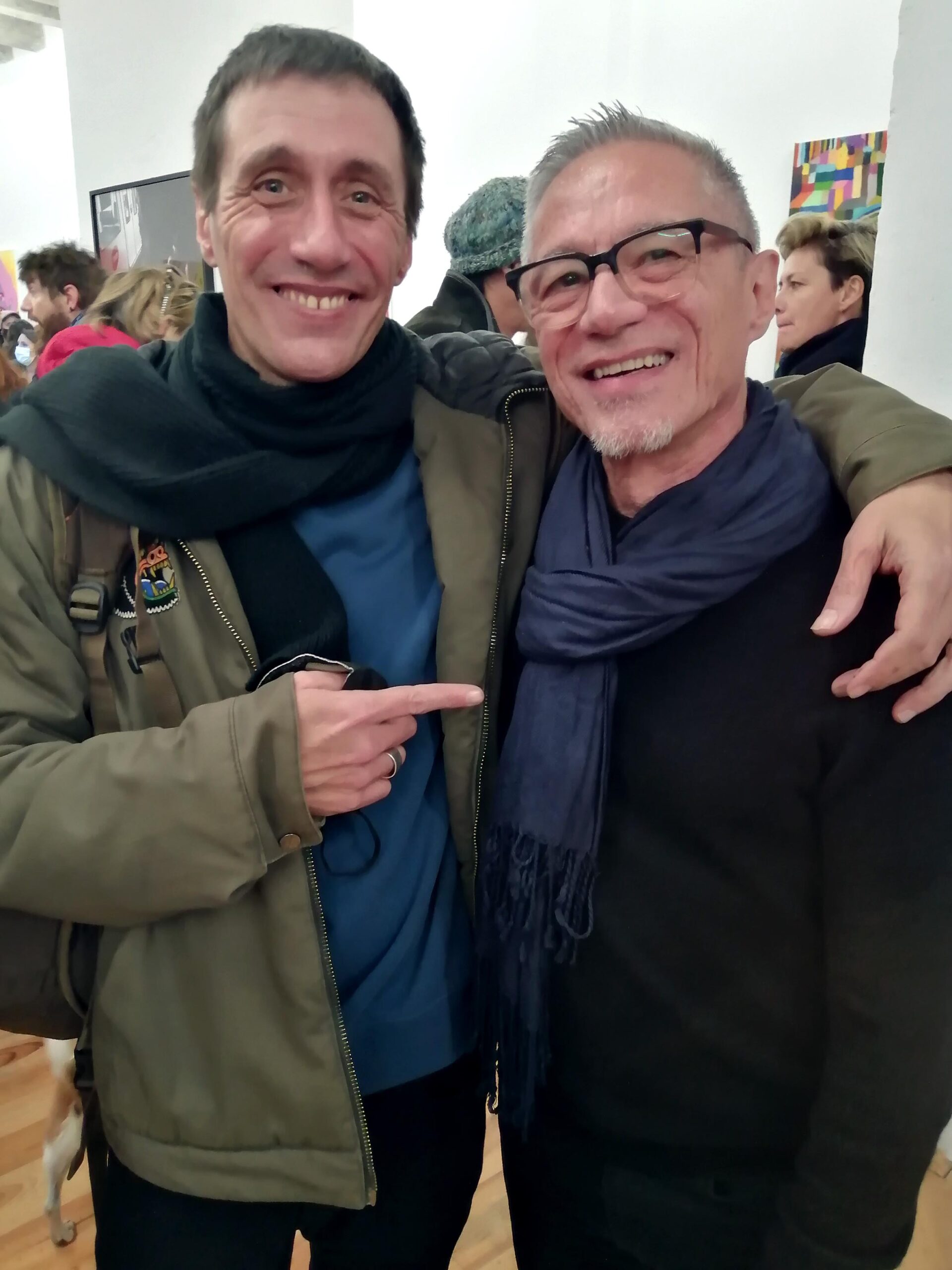
The paintings of Germán Bel / Fasim take us to a dreamlike world where the game with the pareidolias seems to dominate the surface of the works, since childhood he maintains this visual and poetic game of the look, with the forms of any surface, either in the print of some tiles or in the humidity stains, erased or chipped of any urban wall. To a great extent this game is the first inspiration of the Paleolithic artists in the caves, where the images appeared in the reliefs of the rocks and is the cradle of painting.
Fasim has painted on numerous walls, exhibitions and displays in many cities around the world; Barcelona, Valencia, Madrid, Toulouse, Perpignan, Marseille, Paris, New York, Berlin, Copenhagen, Amsterdam, Milan, Naples or Sarajevo among others.
The Museum of European and Mediterranean Civilizations (MuCEM) recently acquired three paintings and six drawings, which will be included in the Urban Art collection of the Museum of Contemporary Art of Marseille (MAC).
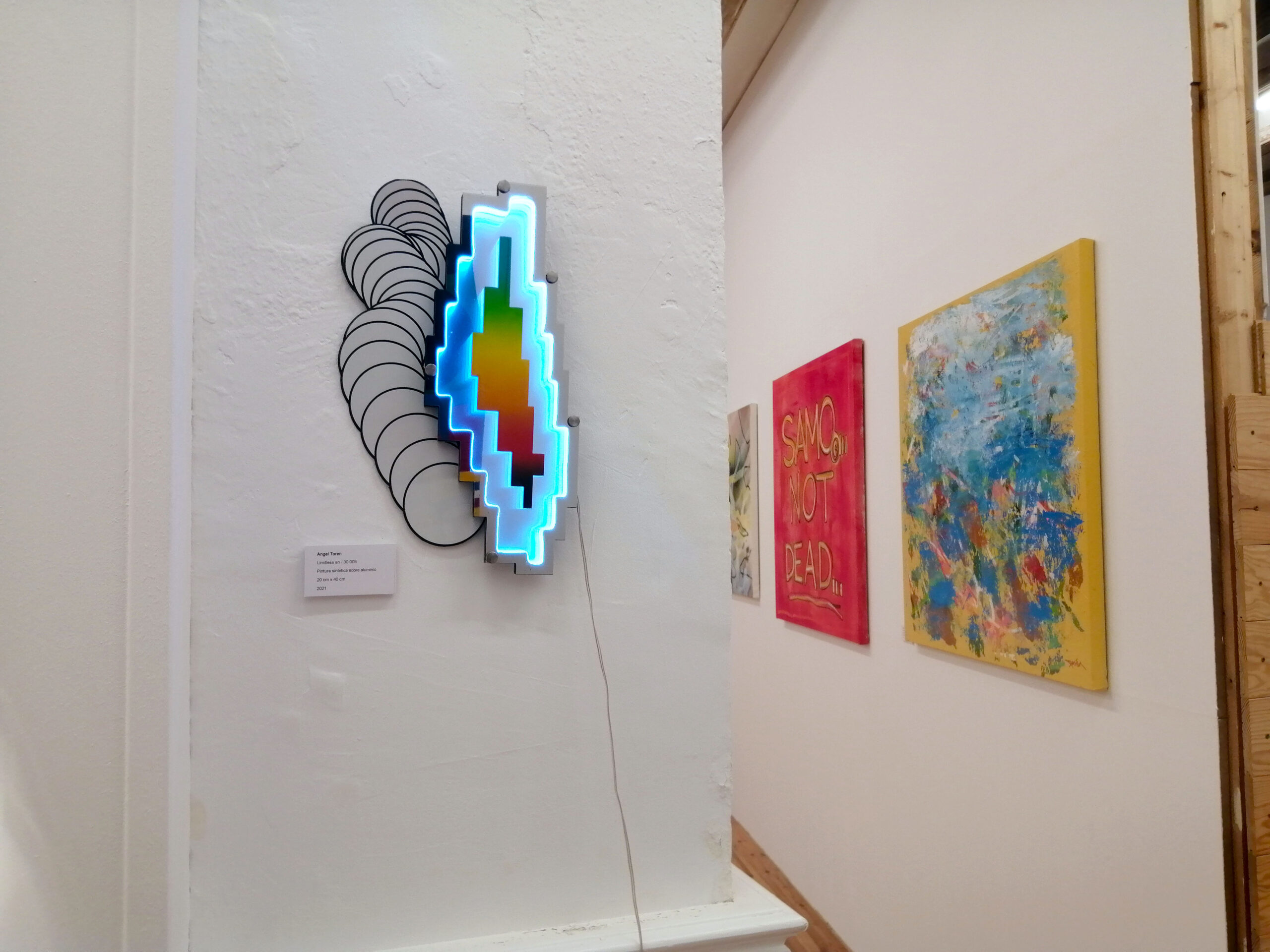
Javier Mariscal was born in Valencia in 1950 into a wealthy family. He began studying design at the Elisava school in Barcelona (the most renowned design and technical engineering school in Europe) but soon left to learn directly from the environment and to follow his own creative impulses.
His first works were reflected in publications such as El Rrollo enmascarado or Star, influenced by the world of underground comics. Later he continued with his collaborations in different publications such as Cairo, El Víbora and Vogue.
He reached his highest level thanks to the magazine El Víbora and Cobi, who would later become the mascot of the 1992 Barcelona Olympic Games.
His influence, added to that of the humorous magazine Mad or the rise of the graphic novel, would also give rise to the phenomenon of alternative comics in the early 80s.
His entire professional career is marked by the influence of comics and the pop movement. His language is synthetic, with few strokes and a lot of expressiveness.
In 1990 the Estudio Mariscal was created, in an old factory that was rehabilitated and gradually consolidated as a main point of design and avant-garde, from which most of the works of this artist emerge.
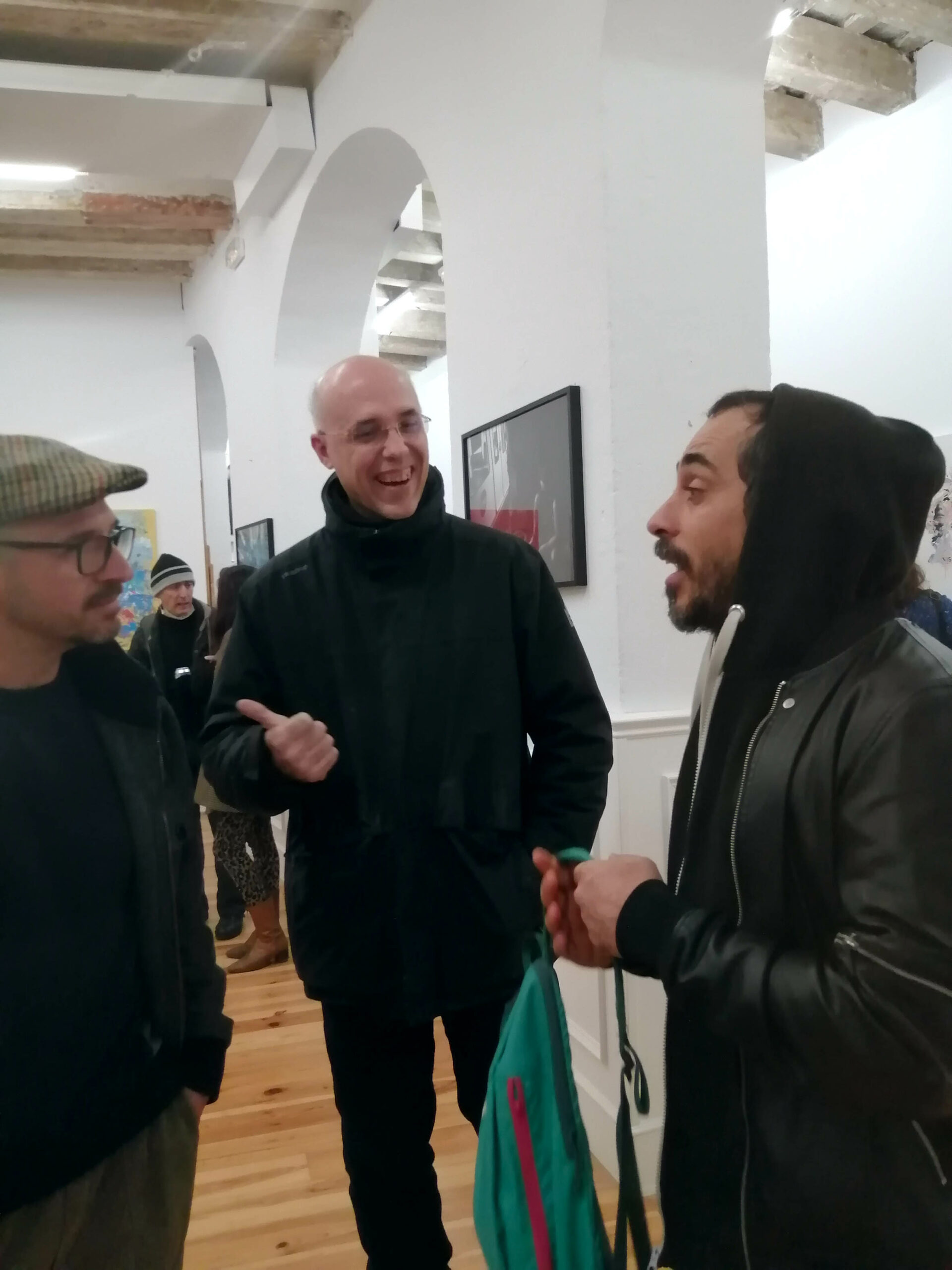
It also highlights the work of the Parisian artist Popay with one of his latest works with a set of shapes and colors reminiscent of kaleidoscopes and their multiple optics.
Popay was born in 1971 in Barcelona, Spain. He lives and works in Paris. A truly unique artist in the world of Parisian graffiti, Popay creates baroque frescoes, between fairy tales and hallucinations. His inspiration ranges from Hieronymus Bosch to Spanish painting, from Combas to Erro de Crumb to Jimmy Hendrix. He gives us a painting made entirely with aerosol, treated however in the classical way, by successive enamels. A slow elaboration where the universes become more complex giving place in his abstractions to agglutinating vegetation, marine bottoms or imaginary forests or disappear and reappear multitude of semi-human characters, elves, imaginary fauna. His figurative canvases are authentic futuristic, imaginary, baroque journeys. You immerse yourself in it as in a Bosch painting where each part of the work is a theme in itself.
The eclectic mix of disciplines and movements, aggregated under a single exhibition, is highlighted by multiple works. One of the latest rising trends is the resurgent figurative art within the urban and contemporary creations, for example, the paintings of Lily, which combine modernity, freshness and also maintains formal aspects of the pictorial tradition of portraiture or the work of Cristian Blaxter with superimpositions of images combining the portrait with the urban landscape in a truly spectacular fusion painted in oil, along with the two works of small format but of great intensity of Elisa Capdevila or the magnificent portrait of Cecilio G by Miguel Scheroff. The always irreverent and socially committed work of Art Is Trash, with a canvas with a vindictive theme on Native Americans, an exquisite digital collage by Ramón Maiden, the stencil work by SM172 of great colorful impact or the original drawing on paper by Javier Mariscal that caused excitement among the attendees or the painting of unmistakable style by Ricardo Cavolo.
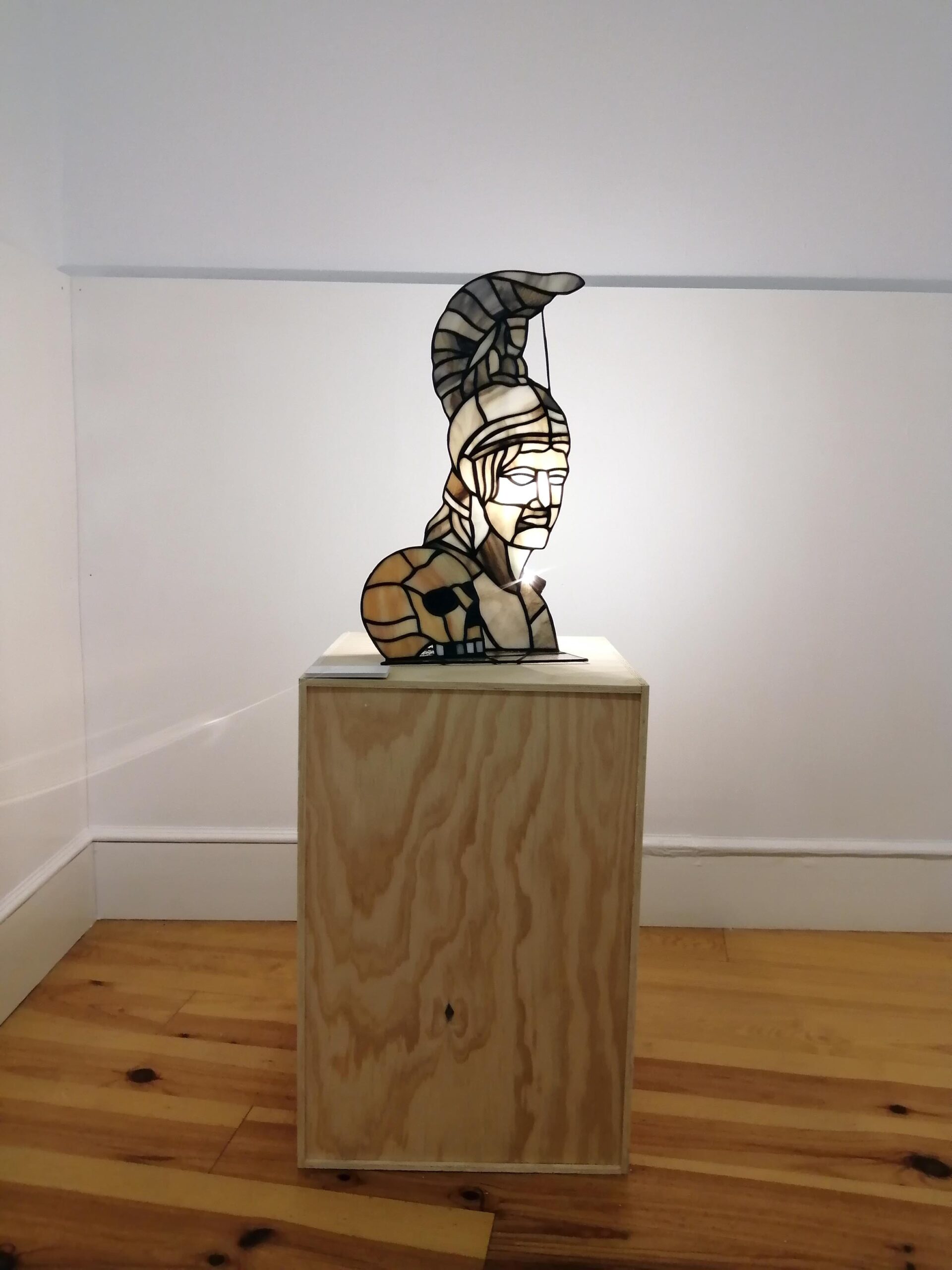
Also noteworthy were the sculptures by artists Vanesa Muñoz, Gerard Fernández and Grito, which, although very different from each other, combined very well together and occupied the entire main hall, the polychrome stained glass by Kuru and the sculpture with letters by Ashwan.
As a novelty the incorporation of photography along with the other usual disciplines, the photos of photographers Ekaitz Gerique, Mark Madness or the New York pioneer in taking pictures of painted trains in New York in the late 60s and early 70s, Flint…, which was the first time he put graphic work in the city of Barcelona.
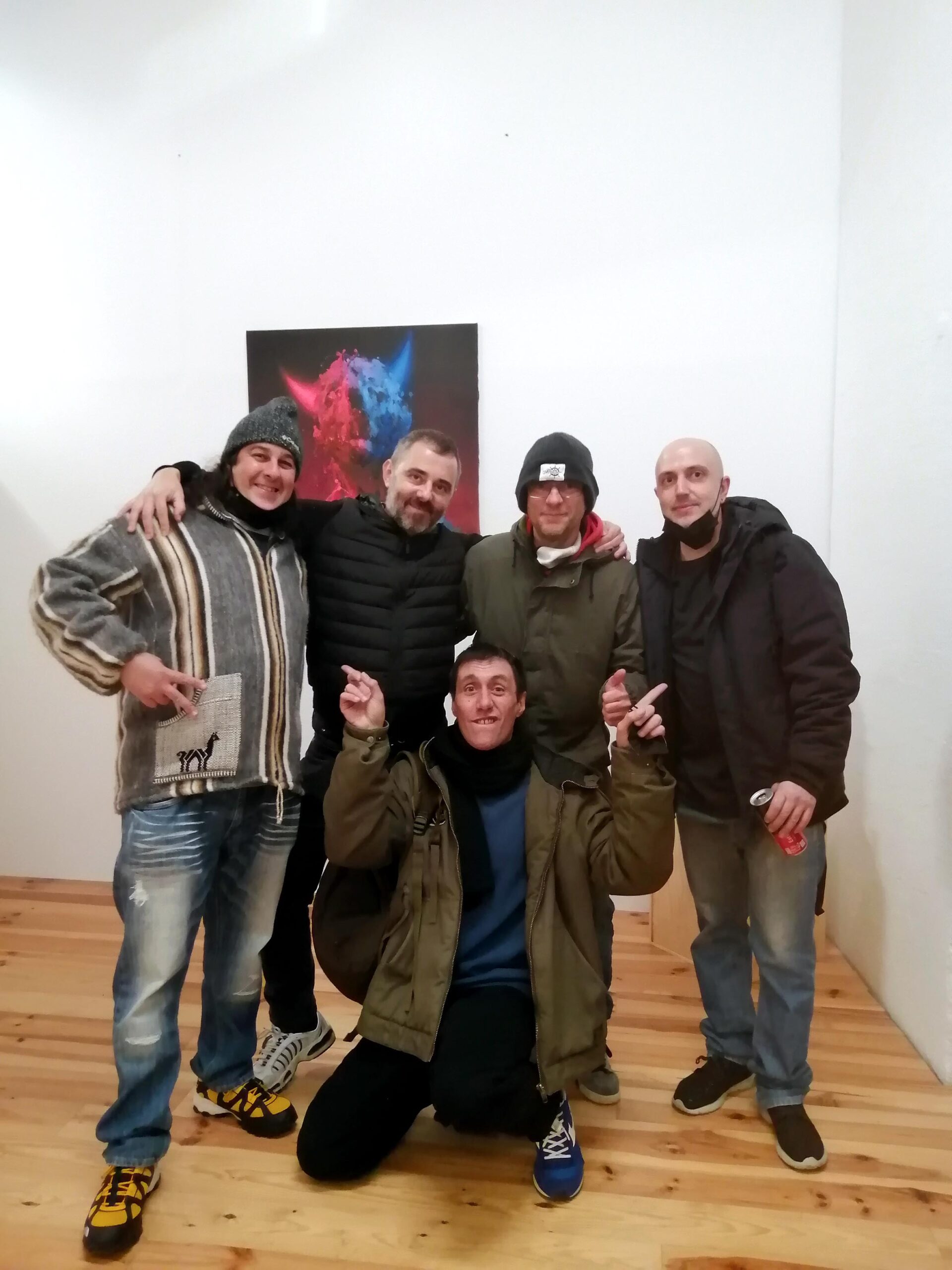
Photographs by: Canal Gallery, Ekaitz Gerique, Itsaso Egurbide, Teo Vázquez, Germán Bel / Fasim.
All participating artists:
Al Diaz, Angel Toren, Art Is Trash, Ashwan, Balu, Birdie, Buni, Kamil, Carlos Magone, Chill, Coco144, Colp, Cornbread, Cráneo, Cristian Blaxter, Damian Pissarra, David de las Heras, Dirty, Ekaitz Gerique, Elisa Capdevila, Enric Sant, Error Design, Flint…. Germán Bel / Fasim, Germán Rigol, Gerard Fernandez, Gorka Gondra, Grito, Haitz, Ira Torres, Javier Mariscal, Jay Bisual, Kamil, Kram, Kuru, Laia, Laura Agustí, Lily, Marco Prieto, Mark Madness, Miguel Sheroff, Misterpiro, Mugraff, Ornamante, Popay, Ramón Maiden, Ral, Rallitox, Ricardo Cavolo, Rice, Roch, Selector Marx, SM 172, Tayone, Tiny, Vanesa Muñoz, Vermibus.
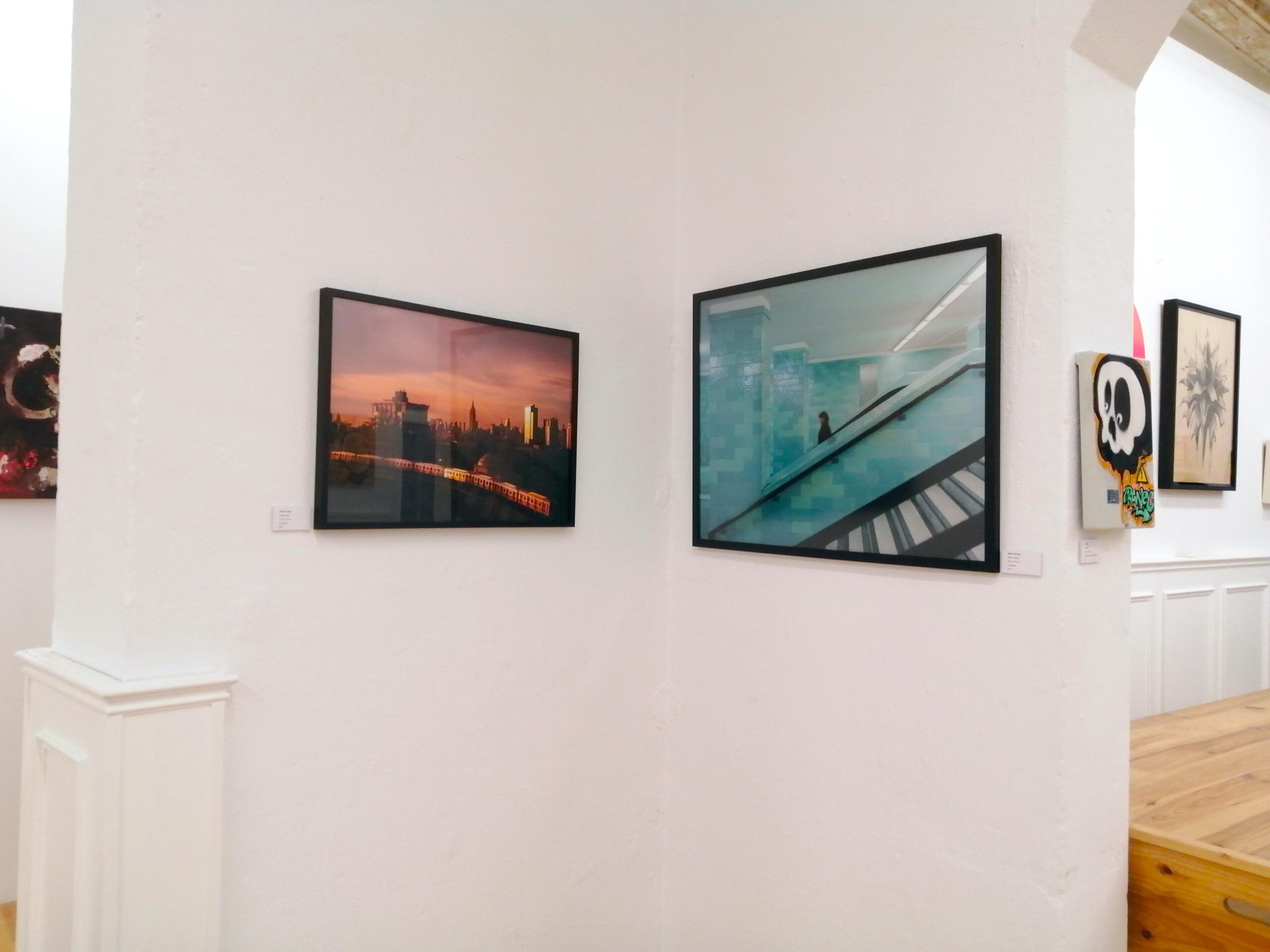
Gallery name: Canal Gallery
Canal Gallery is a new art gallery located in the Gothic Quarter specializing in the latest trends in urban and contemporary art that represents more than fifty artists from the national and international scene.
Address: Calle del Palau, 4. Local derecho. 08002 Barcelona
Telephone: 667 35 99 82
Web: https://canal-gallery.com/
Instagram: @canal__gallery